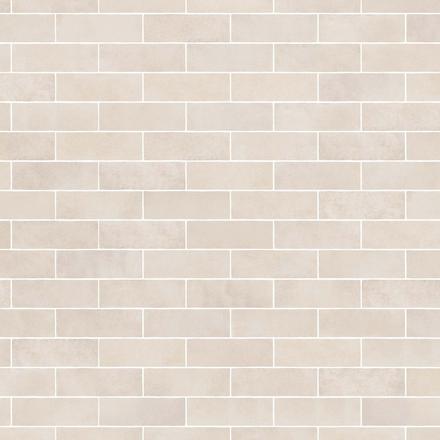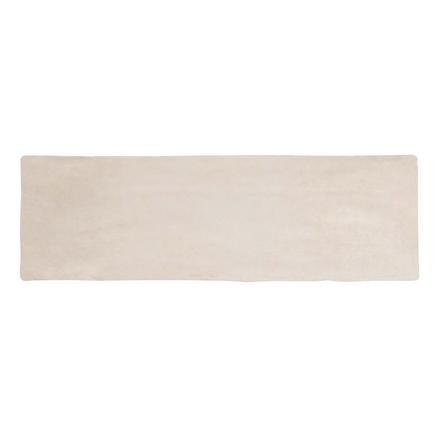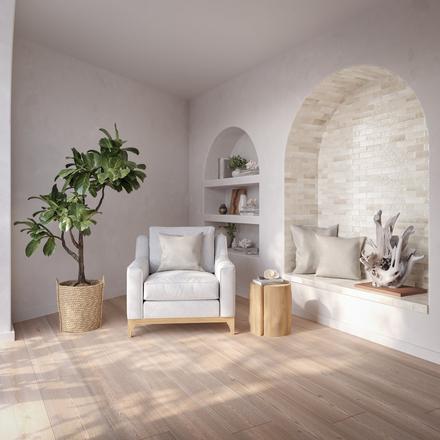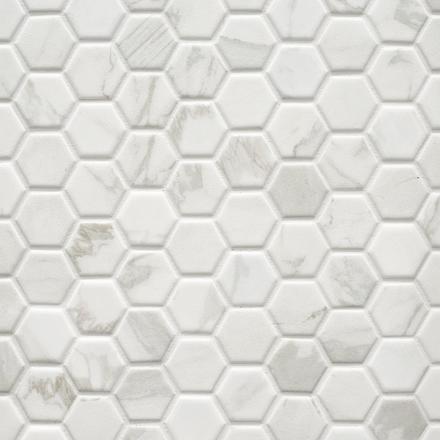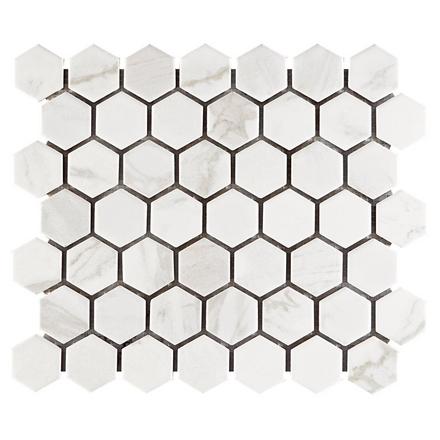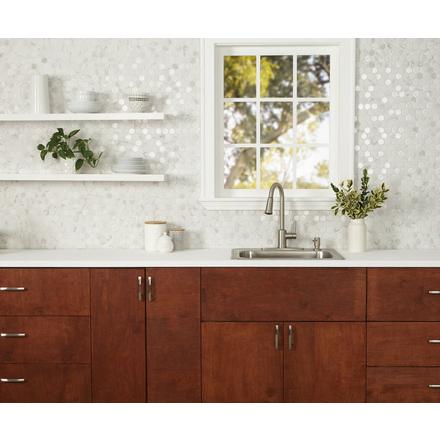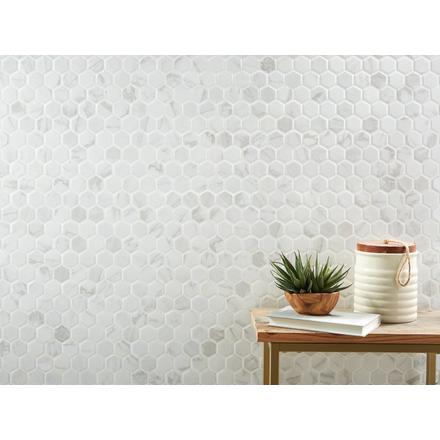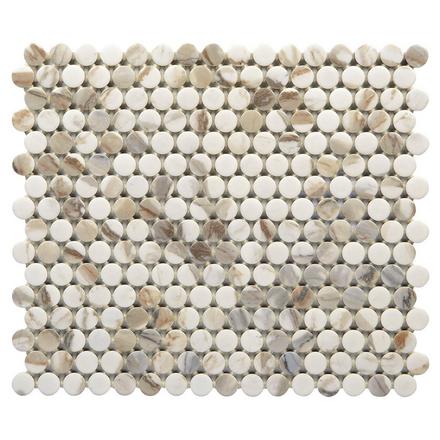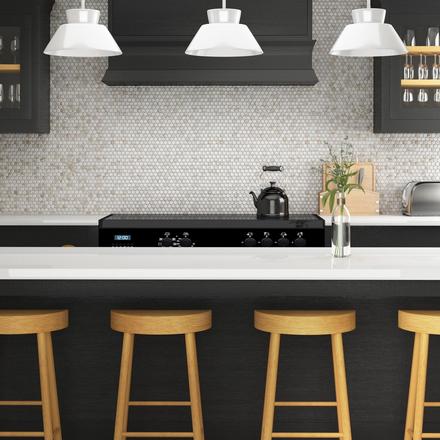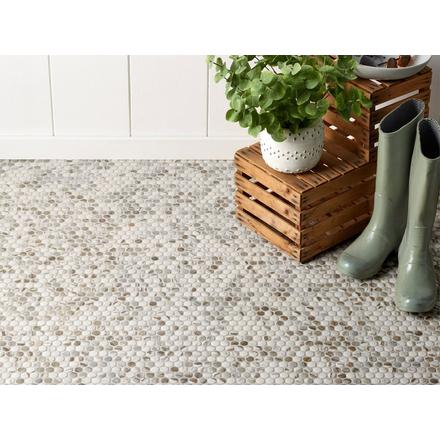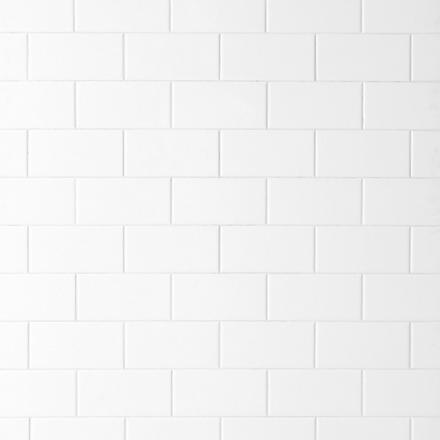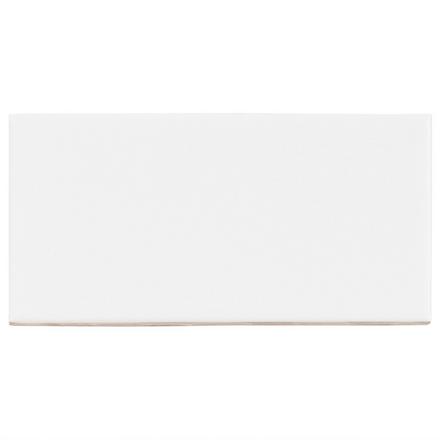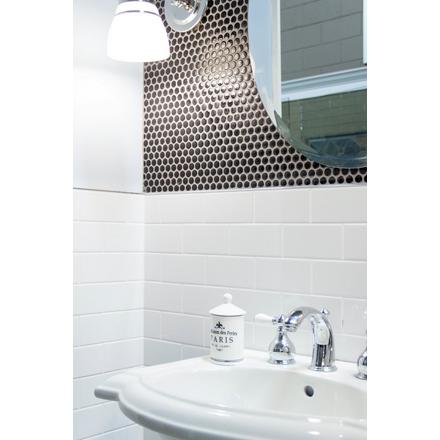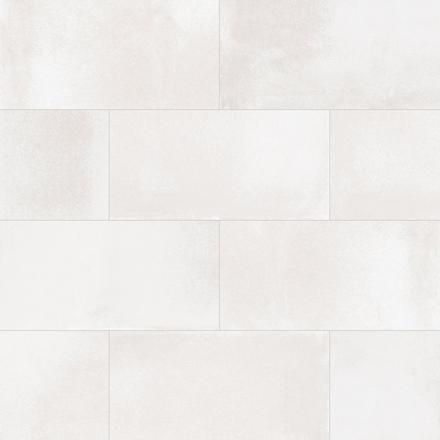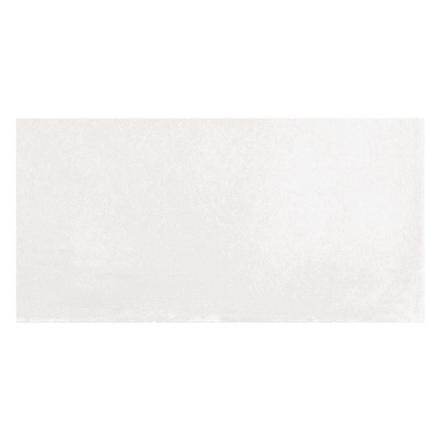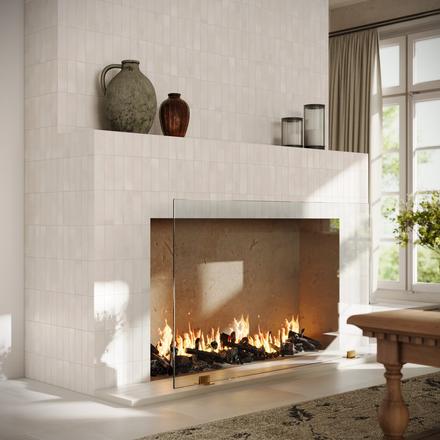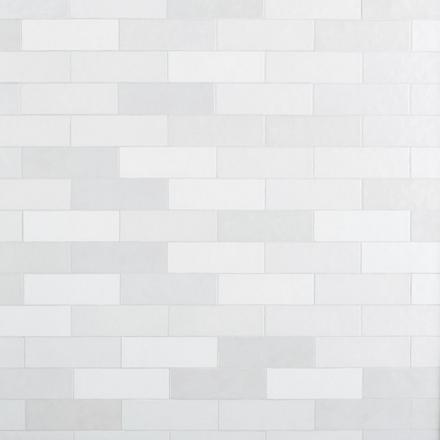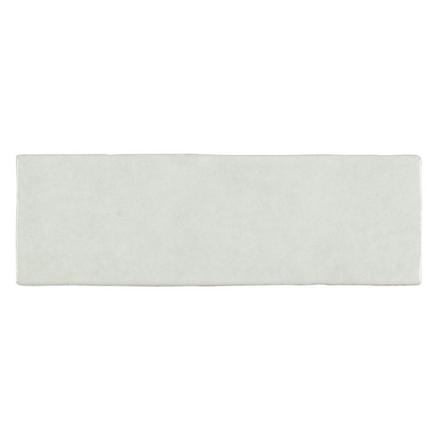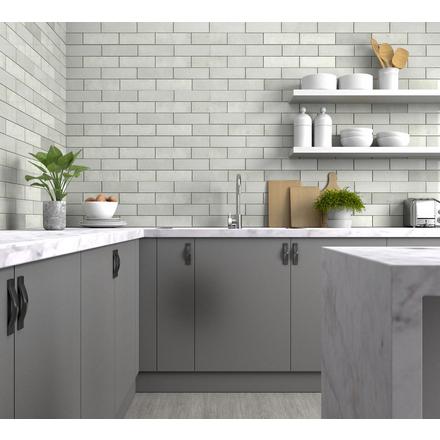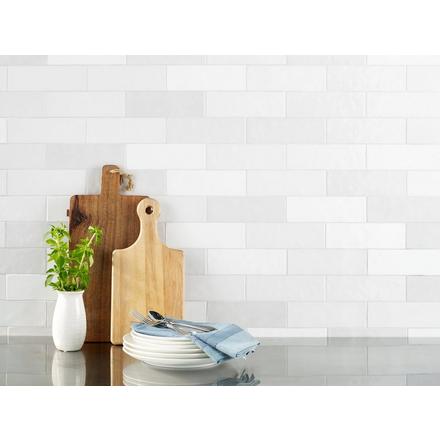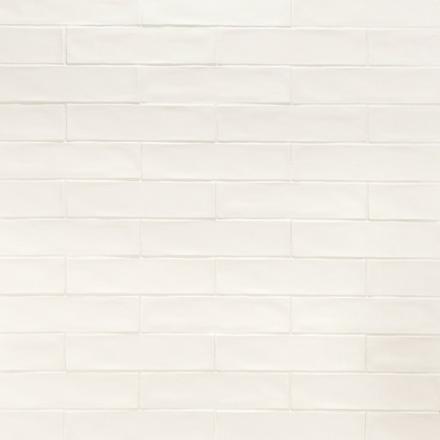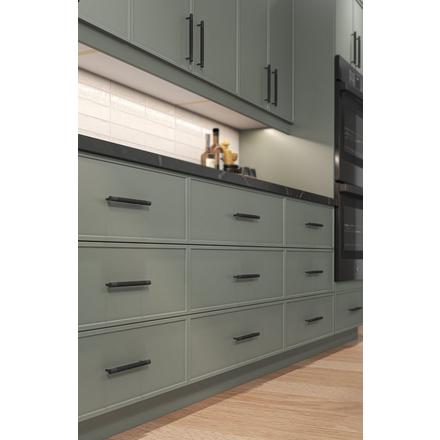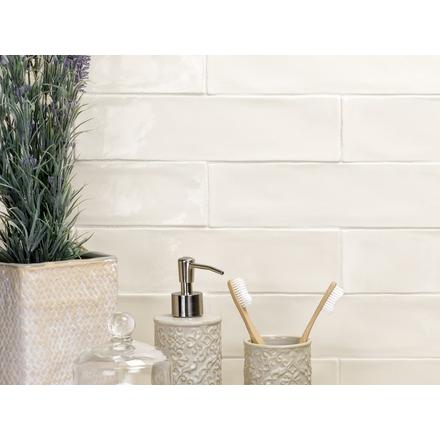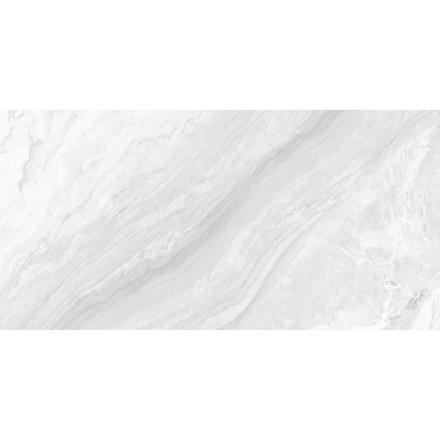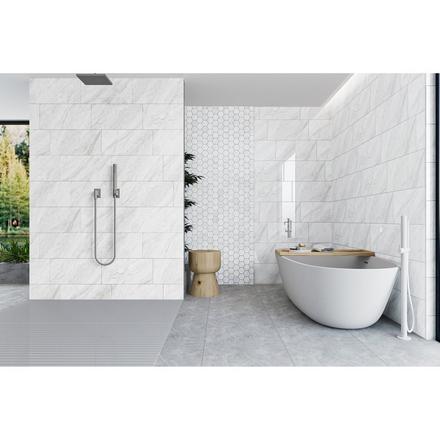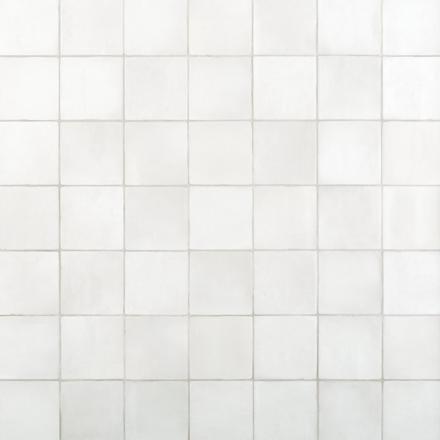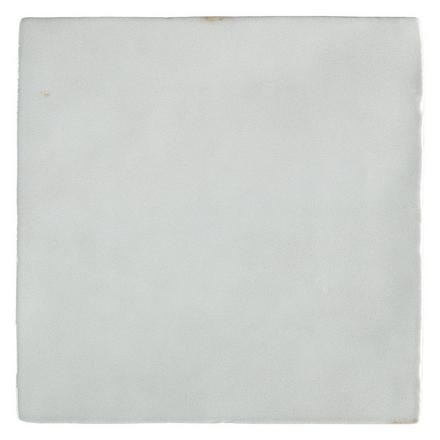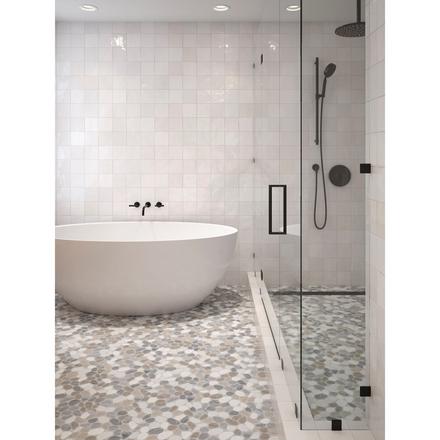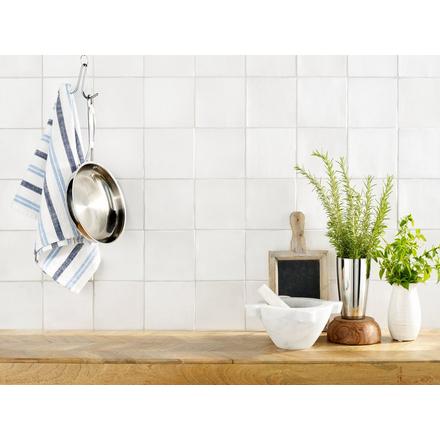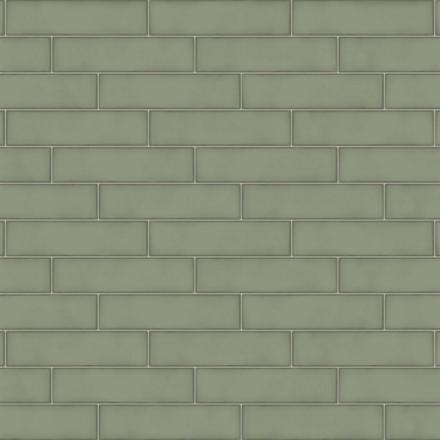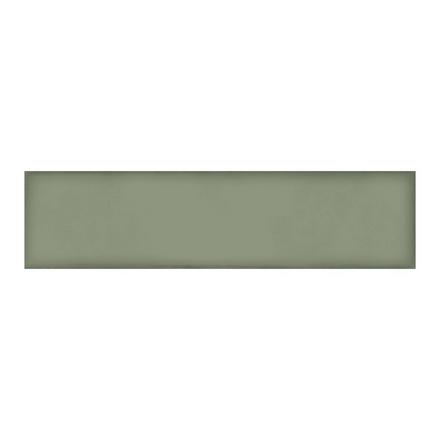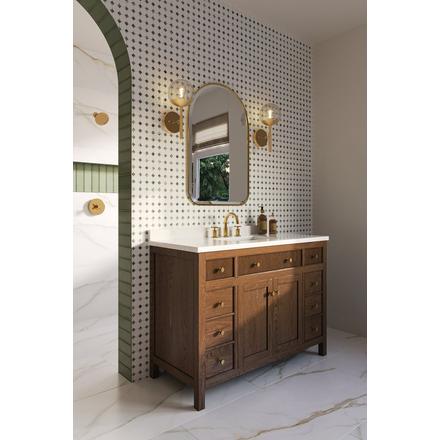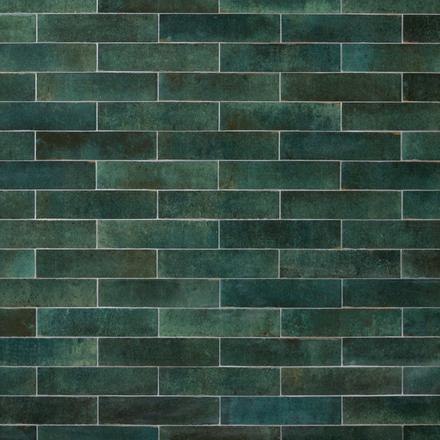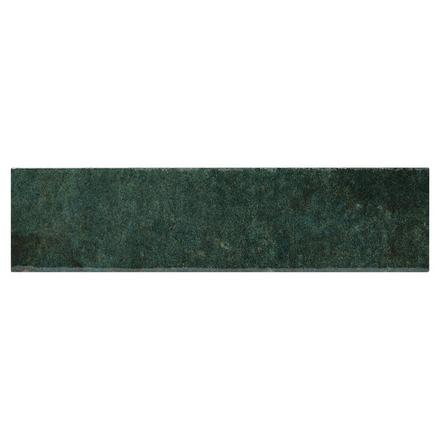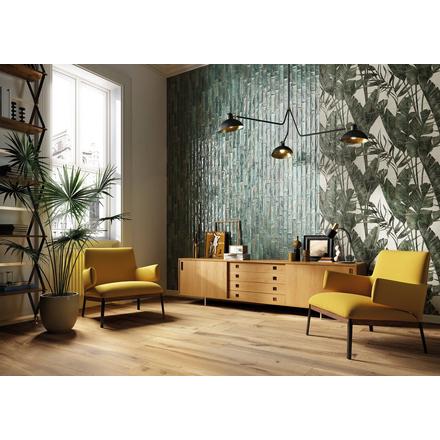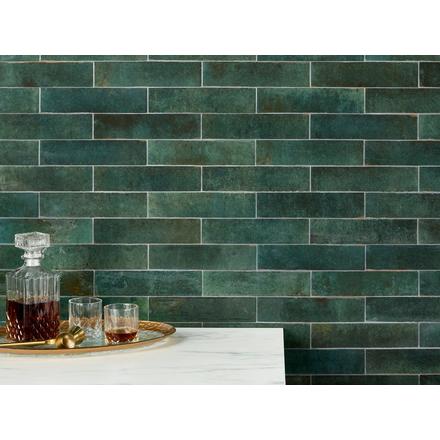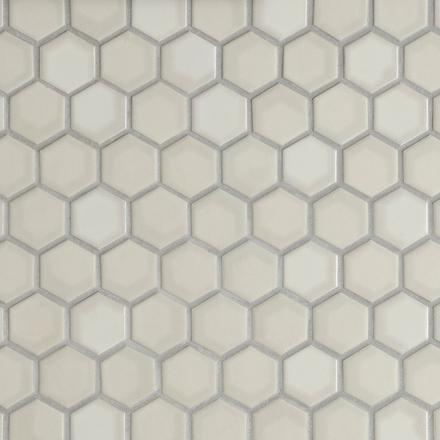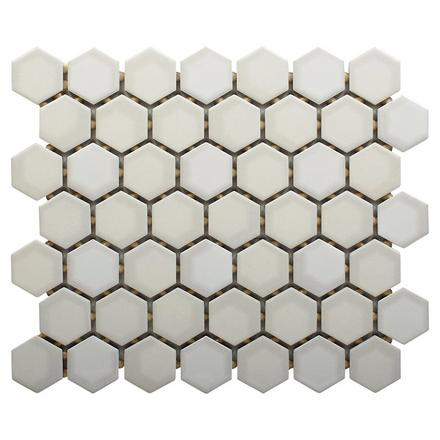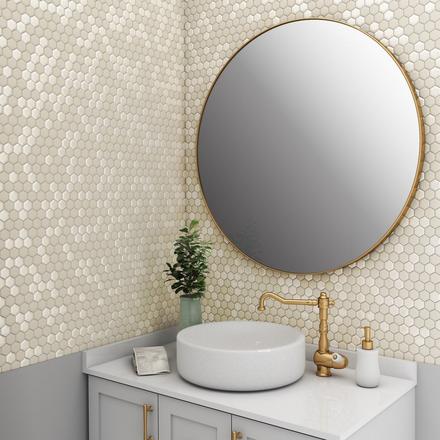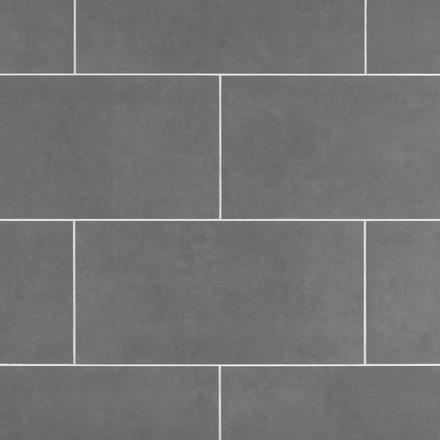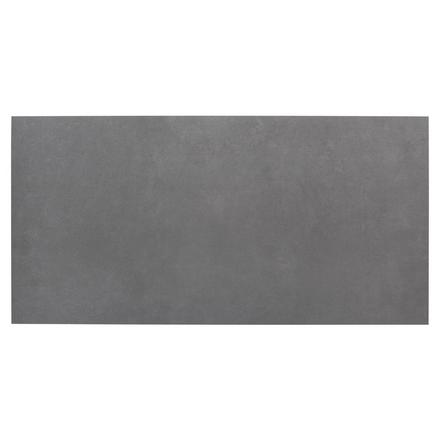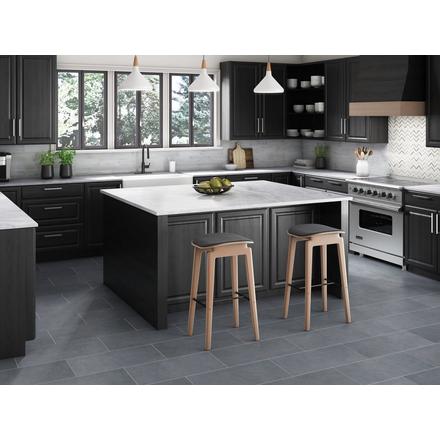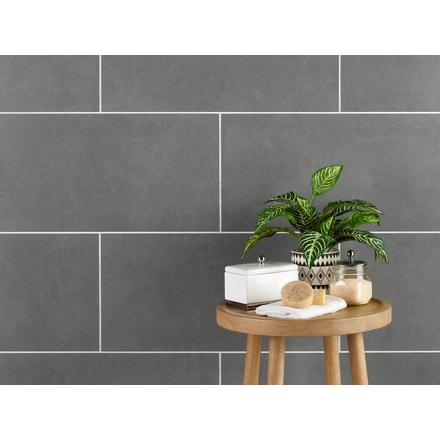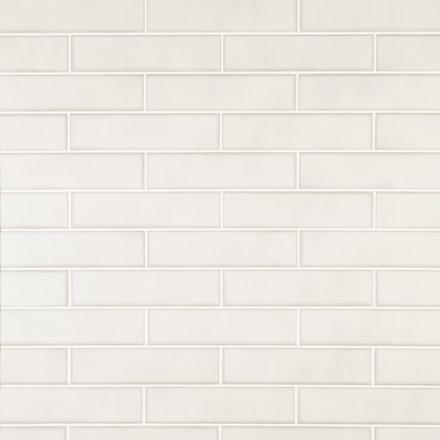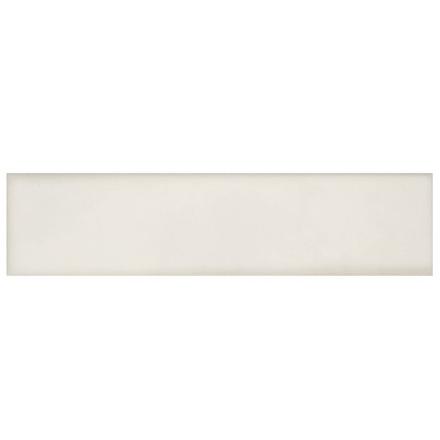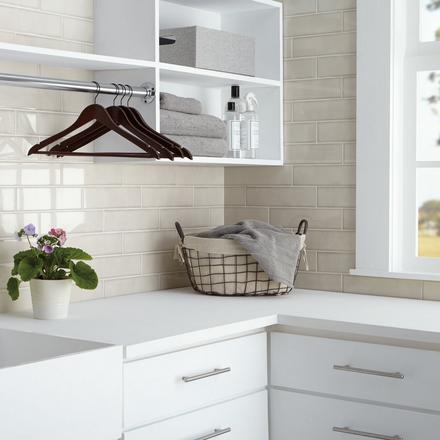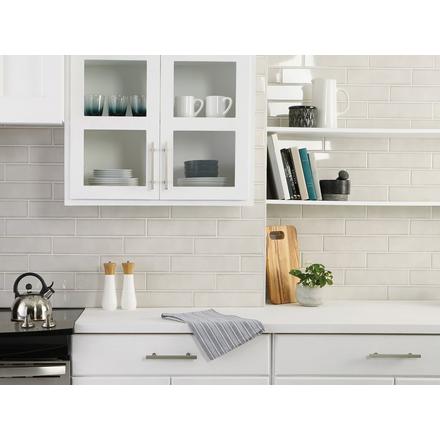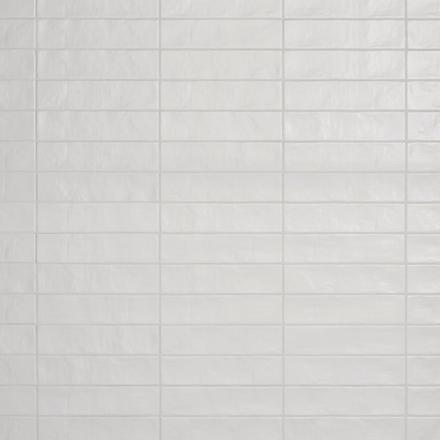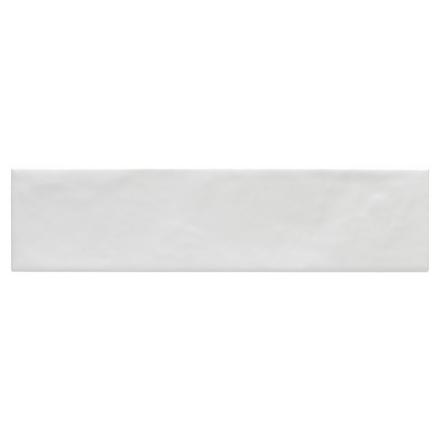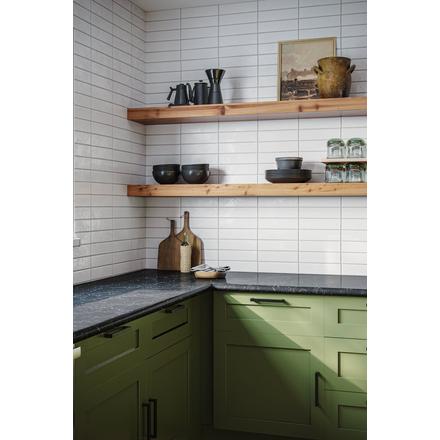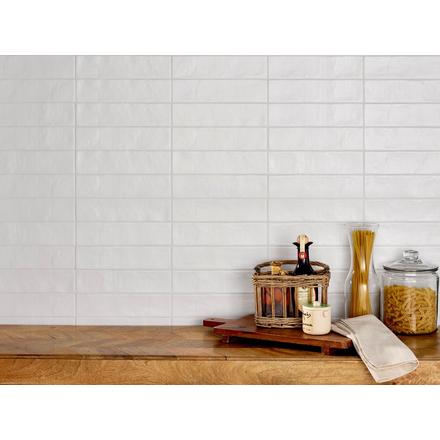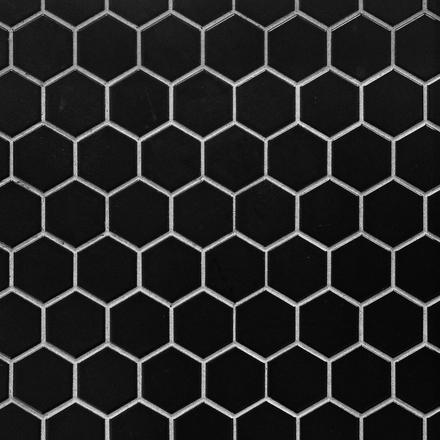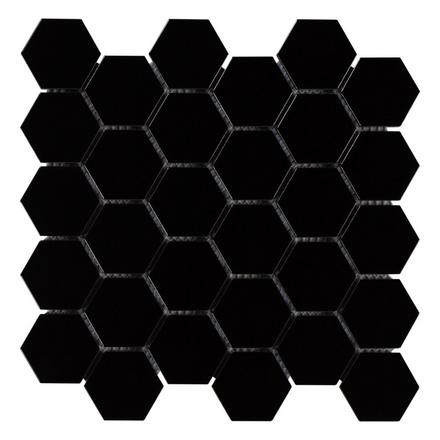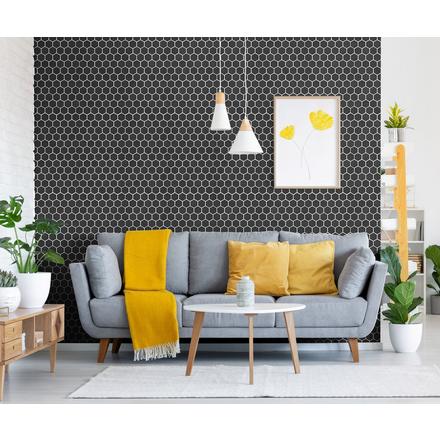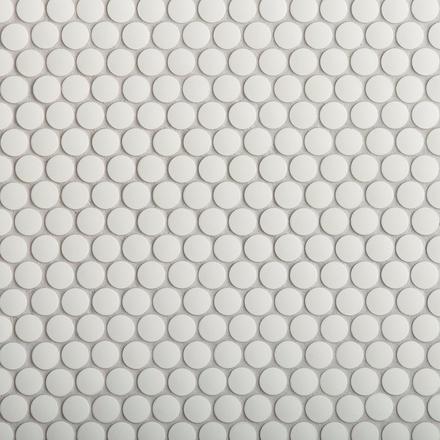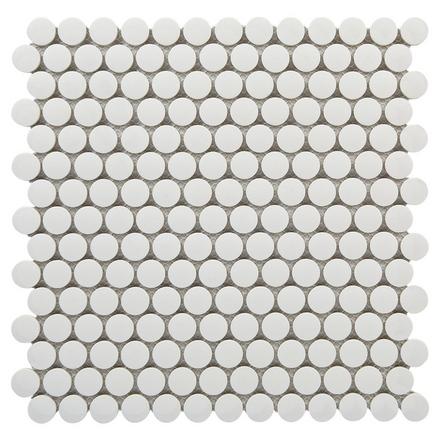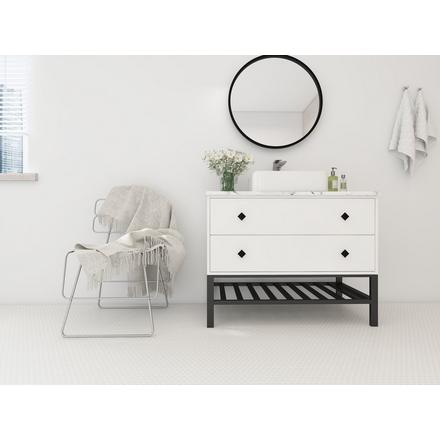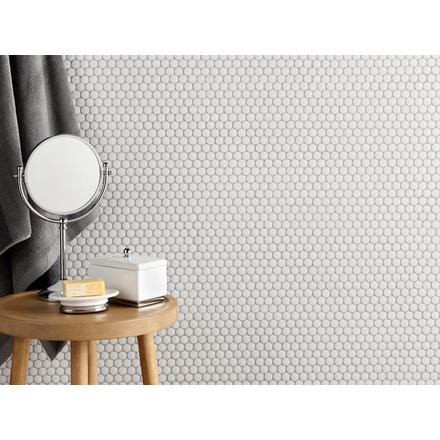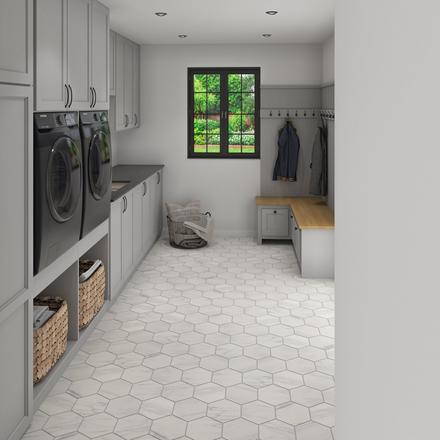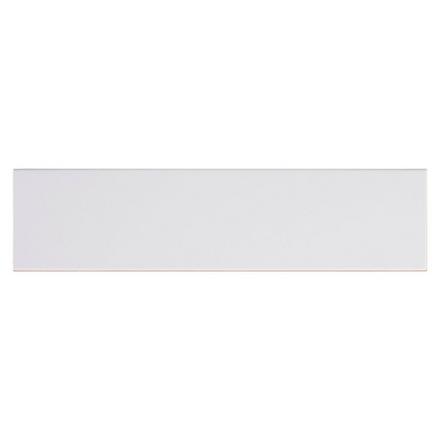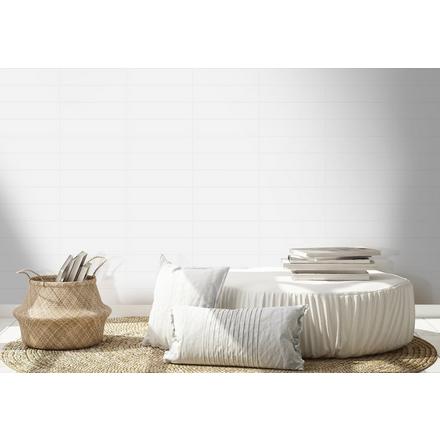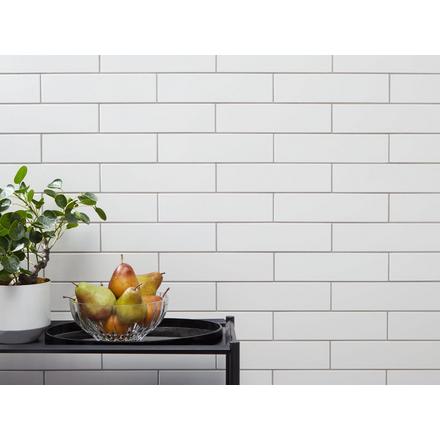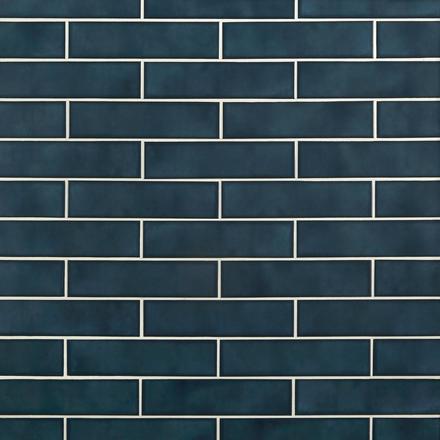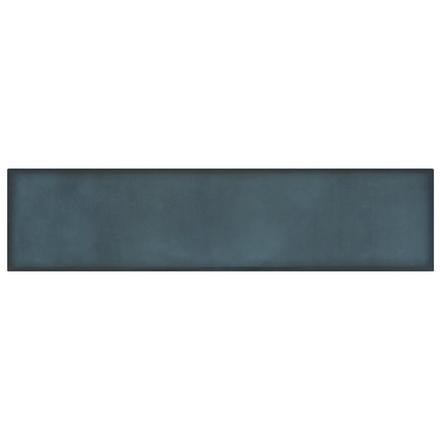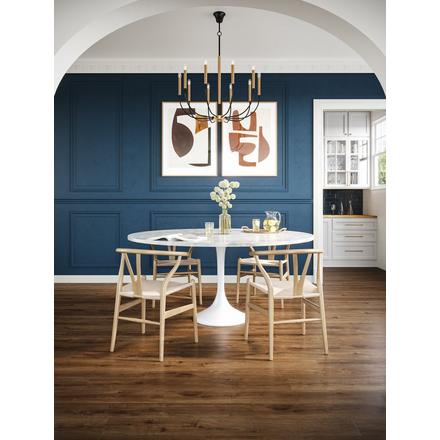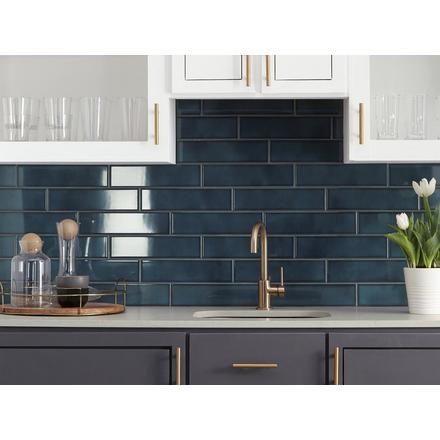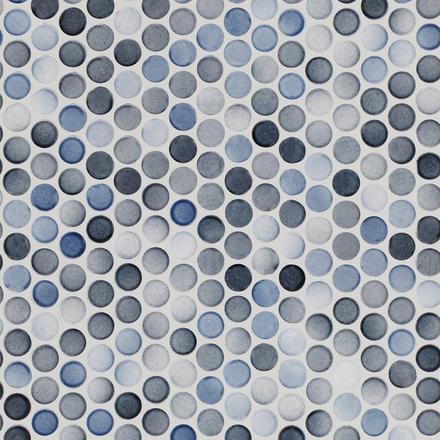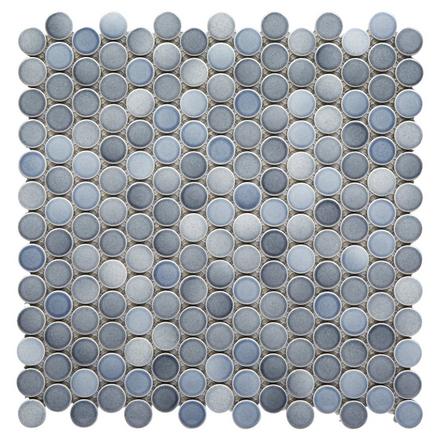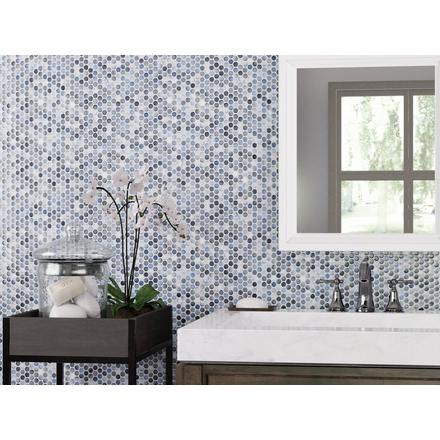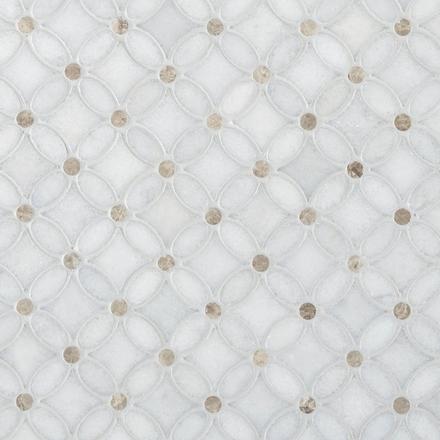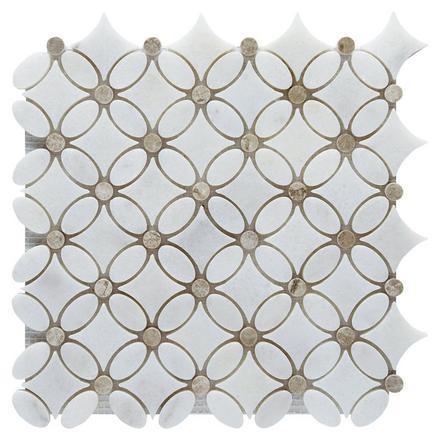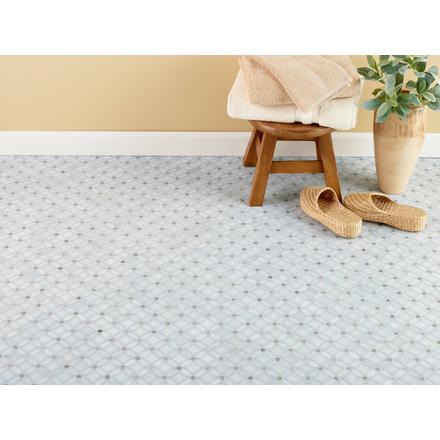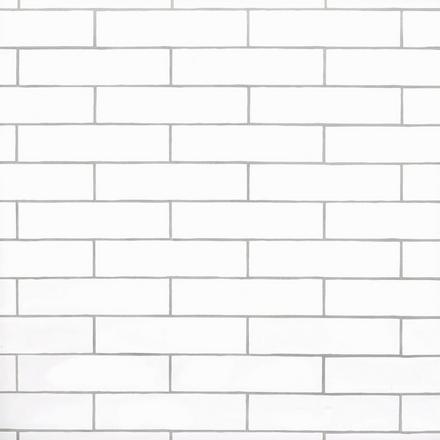

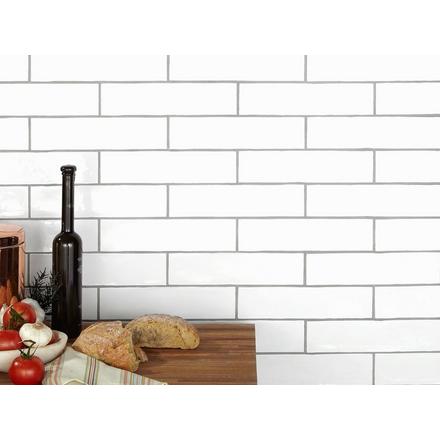
Backsplash tile is a versatile and essential element used primarily in kitchens and bathrooms to protect walls from water, grease, and stains while adding style and personality to the space. It is typically installed behind sinks, stoves, and countertops but can also be used creatively in laundry rooms, bar areas, or accent walls. Easy to clean and maintain, backsplash tile not only provides practical protection but also serves as a focal point that elevates the overall look of your room.
Current trends in backsplash tile emphasize texture, pattern, and unique shapes. Popular choices include herringbone tile, which offers a dynamic, sophisticated layout, and mosaic tile, perfect for adding intricate detail with small pieces that form eye-catching designs. Patterned tile with bold prints is also trending, bringing a touch of artistic flair and vintage or modern charm. Peel and stick tile has gained popularity as a budget-friendly and easy-to-install option, ideal for renters or quick remodels without sacrificing style.
In addition to backsplash tile, several related styles complement trending designs and expand your options. Glass tile provides a sleek, reflective surface that brightens spaces and pairs well with mosaics or patterned tiles for a layered look. For those who want to extend designs from wall to floor, coordinating floor tile options with similar patterns or textures can create a cohesive, elegant look throughout your kitchen or bathroom.
At Floor & Decor, we pride ourselves on offering unbeatable prices on a wide selection of backsplash tiles, allowing you to achieve high-end looks without the premium cost. Our vast inventory ensures you’ll find the perfect tile to suit your style and budget, whether you’re looking for classic glass tiles or statement-making patterned and herringbone options. Plus, with our competitive pricing and frequent promotions, upgrading your backsplash has never been more affordable.
Durability is a key advantage of backsplash tile. Most tiles are resistant to moisture, heat, and stains, making them ideal for kitchens and bathrooms where spills and splashes are common. Tiles like glass and ceramic are non-porous and easy to clean, ensuring your backsplash will maintain its beauty and functionality over time. Additionally, peel and stick tiles offer a durable yet removable option, perfect for those seeking a temporary but resilient solution. With backsplash tile, you invest in a long-lasting surface that combines aesthetics with practical protection.
Backsplashes are vertical surfaces installed on walls behind sinks, stoves, and countertops, primarily in kitchens and bathrooms. Their main purpose is to protect the wall from water splashes, grease, food stains, and other damage that can occur during cooking or cleaning. Beyond their practical function, backsplashes also serve a decorative role. Available in a wide range of materials, colors, and patterns, they can enhance the design of your space and tie together other elements like cabinets and countertops. Whether you choose tile, glass, or metal, backsplashes are both functional and visually impactful.
Yes, you can install a backsplash directly on drywall, provided the wall surface is clean, dry, smooth, and free of grease or loose paint. This is typically fine for areas that don't receive excessive moisture. However, for wet or high-humidity zones, such as behind a sink or near a stove, it's recommended to use a moisture-resistant substrate like cement backer board. This adds an extra layer of protection and ensures your backsplash stays secure over time. Proper surface prep is critical to avoid tile failure, mold, or warping, especially in kitchens and bathrooms.
The terms “backsplash” and “splashback” refer to the same thing—a vertical surface that protects walls from moisture and stains. The primary difference is regional language usage: “backsplash” is commonly used in the United States and Canada, while “splashback” is the preferred term in the United Kingdom and some other English-speaking countries. Regardless of terminology, both serve the same purpose and come in a variety of materials, including tile, glass, stainless steel, and laminate. The choice of material and style depends on your personal preference and the overall look of your kitchen or bathroom.
Several materials work well for kitchen backsplashes, each offering unique benefits. Ceramic and porcelain tiles are popular for their durability, affordability, and easy maintenance. Glass tiles provide a sleek, modern look and reflect light, making kitchens feel brighter. Natural stone like marble or travertine offers a luxurious appearance but requires sealing and regular maintenance. Stainless steel is great for a contemporary, industrial style and resists heat and moisture. For budget-friendly or DIY options, peel-and-stick tiles offer a quick update without the need for grout or mortar. Your choice depends on your style, budget, and upkeep preferences.
When selecting a backsplash design, consider the overall look and feel of your kitchen or bathroom. Start by matching or contrasting your backsplash with countertops and cabinetry. Light-colored tiles can brighten dark spaces, while bold colors or patterns create a focal point. Think about texture and finish—glossy surfaces reflect light and are easy to clean, while matte or textured finishes add depth. Grout color also plays a big role; matching grout offers a seamless look, while contrasting grout adds definition. Don't forget to factor in tile size and layout—herringbone, stacked, or diagonal arrangements can add visual interest without overwhelming the space.
